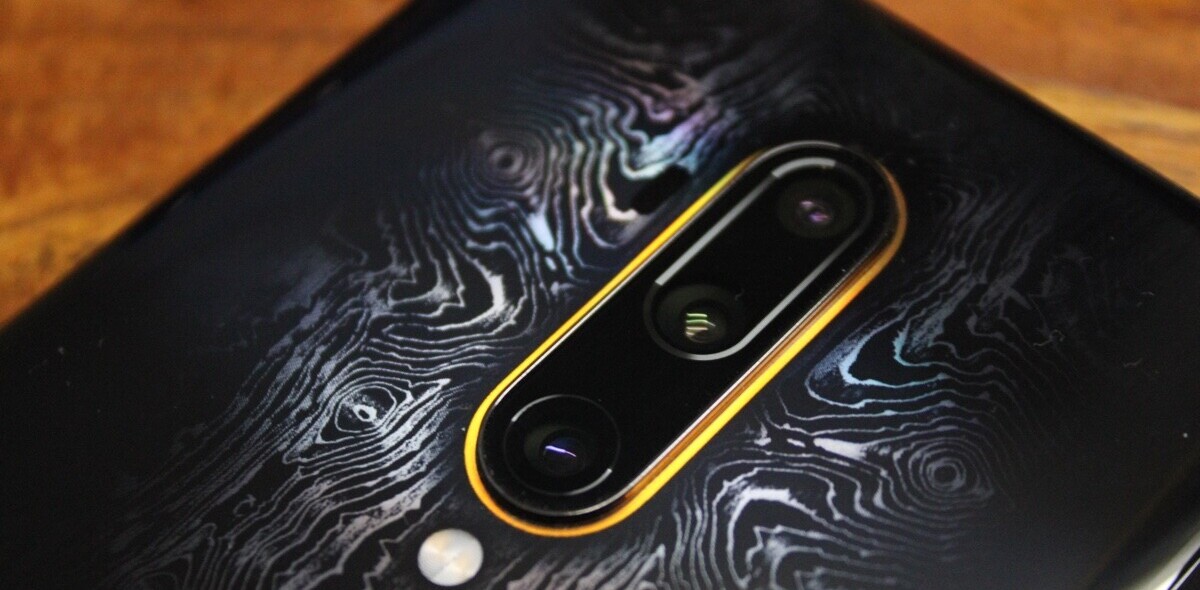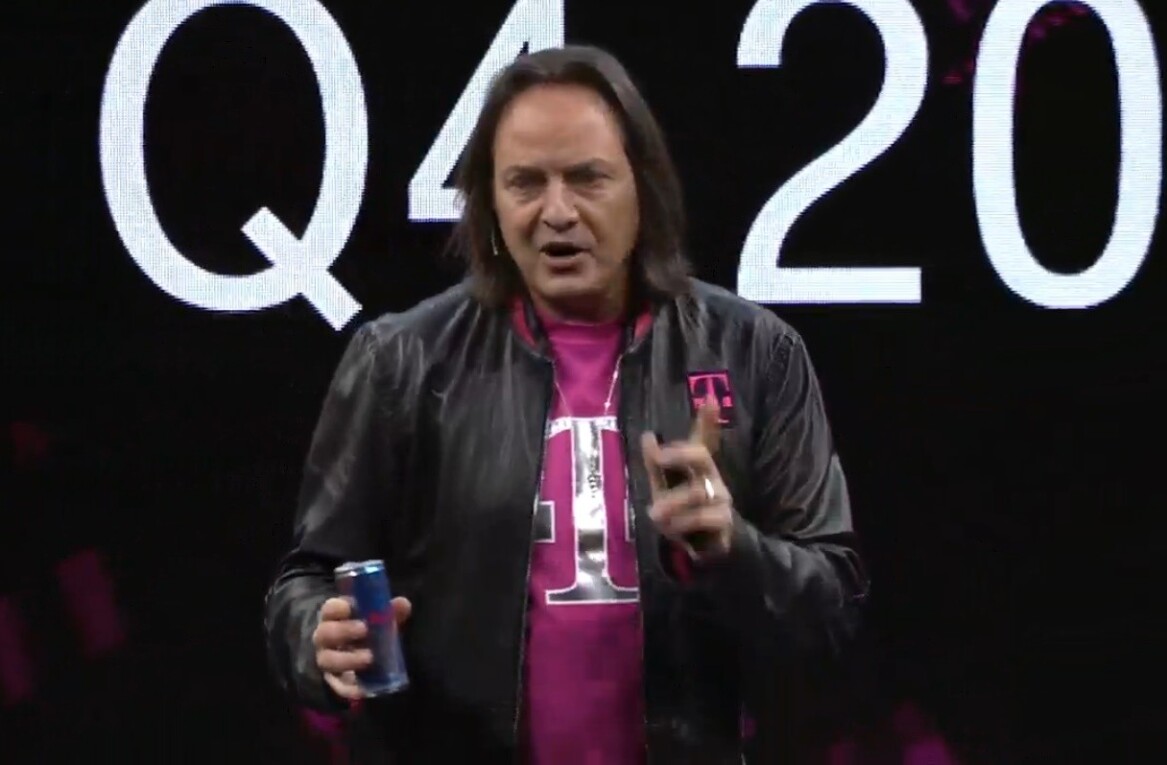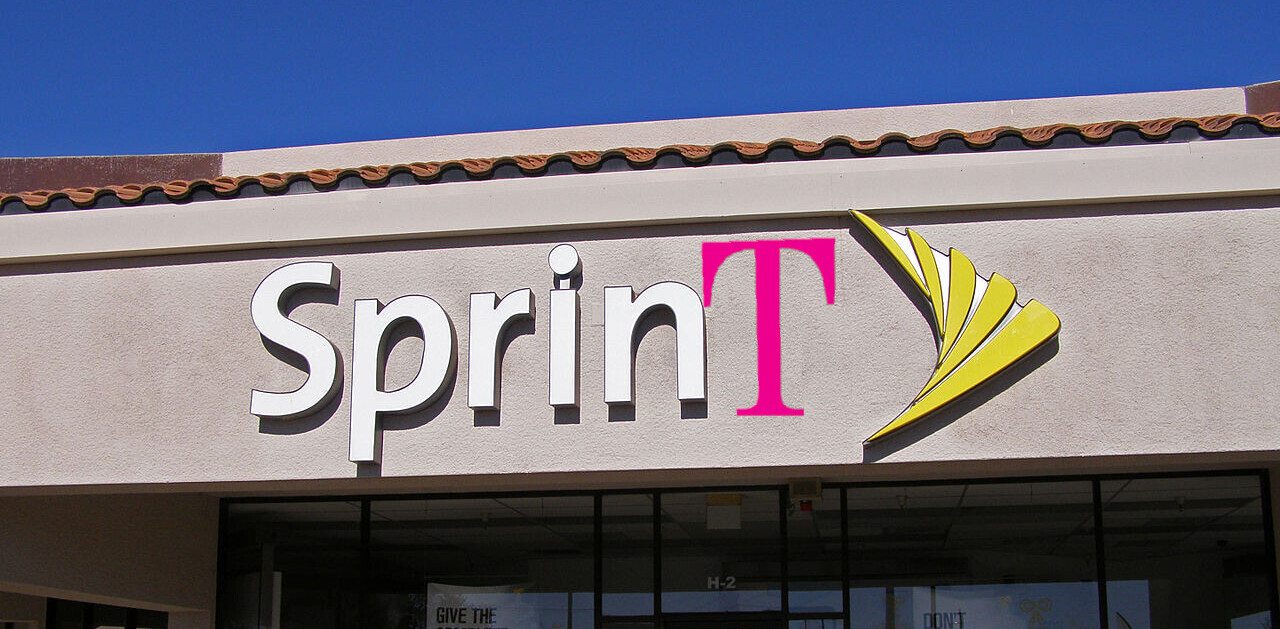
 The merger of T-Mobile (UK) and Orange (UK) to become Everything Everywhere may have gone unnoticed to the majority of the UK, they’re still using their original brands in the high street and nothing much seems to have changed.
The merger of T-Mobile (UK) and Orange (UK) to become Everything Everywhere may have gone unnoticed to the majority of the UK, they’re still using their original brands in the high street and nothing much seems to have changed.
Ofcom (the super regulator) might not have the same view though. They overlook many different industries relating to telecoms and mobile networks, including number allocations and mobile network IDs. Suddenly T-Mobile has disappeared from Ofcom’s official website and only Orange remains in the number listings and mobile network operator IDs – according to Ofcom, T-Mobile (UK) no longer exists.
As Everything Everywhere is now the biggest UK network (all employees officially moved under the new company on July 1st 2010), there are major issues in terms of regulation as the combined company now owns far more of the mobile spectrum under its license obligations. T-Mobile and Orange both have specific parts of the spectrum in the 1800 MHz PCN bands and in the 2.1GHz 3G bands and due to the combined size, the company will need to relinquish part of these licenses to main fair and allow for competition.
Unfortunately the UK spectrum is currently in a bit of a mess. There’s a huge chunk available at 2.6GHz which Ofcom was meant to auction in 2007, but they got taken to court by T-Moible and O2 who argued that GSM refarming had to be considered before the band could be allocated (refarming is where the GSM frequencies either at 900MHz for O2 and Vodafone or 1800MHz for Orange and T-Mobile can be used for 3G).
There’s also the 800MHz band which is used for terrestrial analogue TV which is due to become free in 2012. The lower the frequency, the better coverage it has so 800MHz would be ideal for wireless broadband (and 900MHz could also be used too).
Until refarming is sorted (and that includes the re-allocation of the Everything Everywhere spectrum) nothing’s going to happen, so it’s unlikely that any spectrum will become available before 2012 which has put the UK at the back of the class as most other EU countries are already selling their 2.6 GHz spectrum and have made plans for GSM frequencies.
Get the TNW newsletter
Get the most important tech news in your inbox each week.




